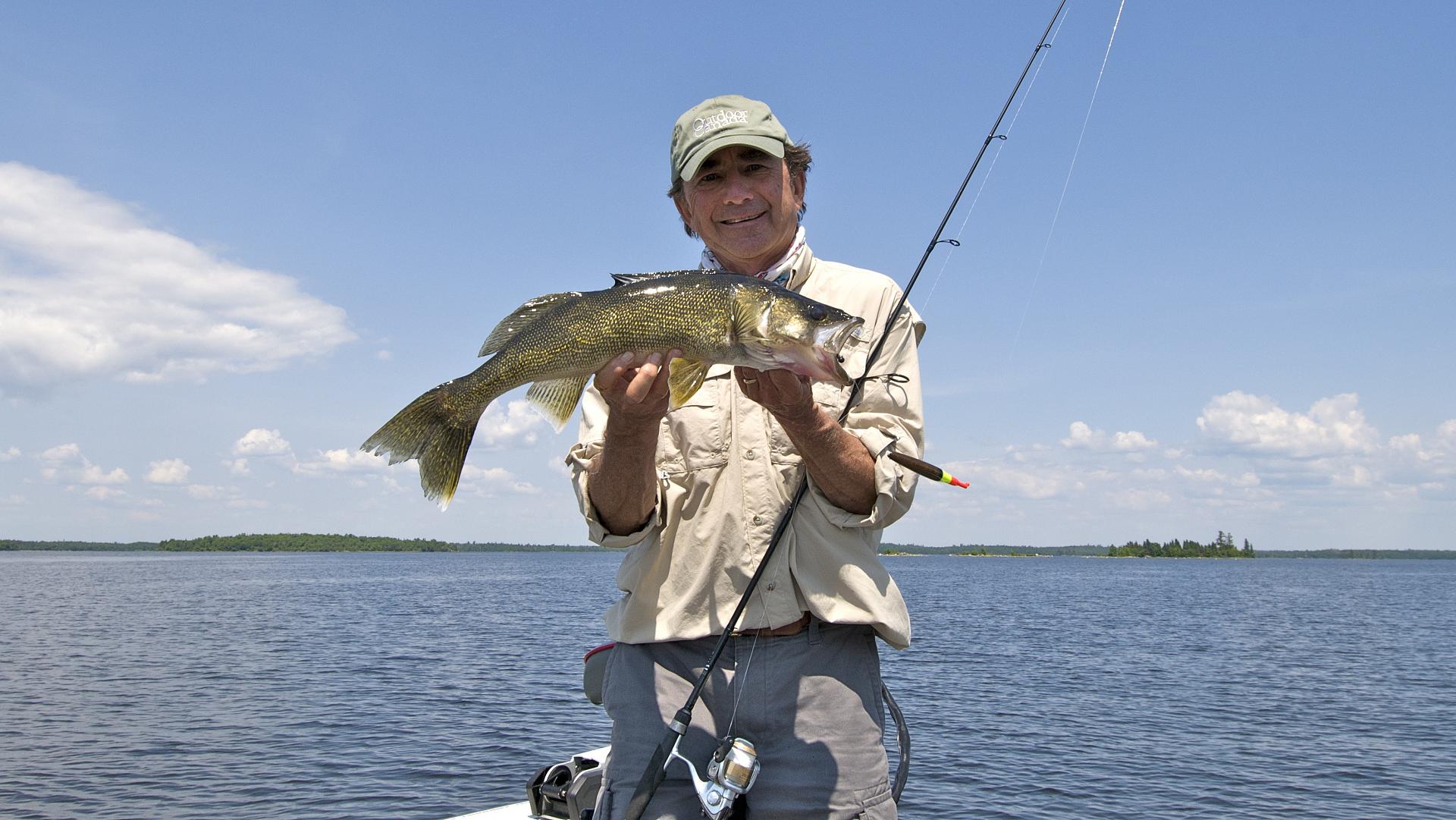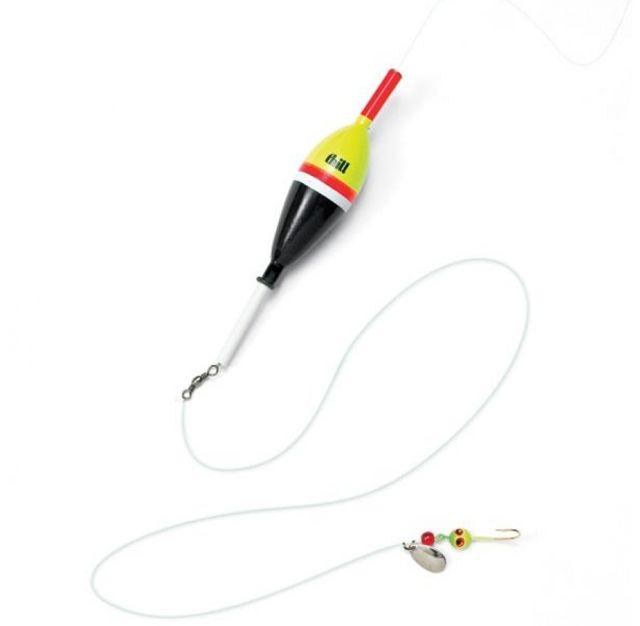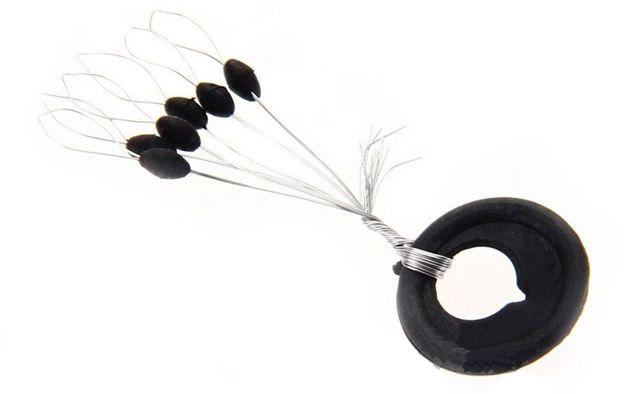Give ’Em the Slip
For a tough spring walleye bite, try this simple, deadly bobber rig
Advertisement
Ever since I was introduced to fishing for walleye with slip bobbers one spring roughly 20 years ago, I’ve been spreading the word about this utterly deadly technique. It works any time of the year, but it’s particularly effective in the spring when, for a host of weather- and water-related reasons, fishing conditions are often trying.
Indeed, when the water is cold and the fish are sluggish, there are few other presentations that let you present a bait as slowly and as naturally as a slip bobber. Still, it’s one of the most overlooked techniques in walleye fishing, possibly because most folks associate floats with beginners, and who wants to look like a rookie?
Advertisement
Well, that just means more walleye for me. And it means more fish for you, too, if you’re not concerned about appearances.
How to Set Up
Rigging a slip bobber (below) is dirt simple and it begins by selecting a seven- to eight-foot medium-light-action spinning rod, the longer length allowing for longer casts. Spool the reel with six- to eight-pound-test monofilament or a Micro-Dyneema line of similar diameter.
Advertisement
Next, attach a thread-style bobber stop to your line. You can buy bobber stops for pennies at a tackle shop, or do what I do and tie a nine-inch piece of colourful thread onto your line using a simple uni-knot. Snug it up tight and trim off the ends so the knot will wind onto your reel. Now slide a small, red glass bead up the line followed by the float—the best ones have a slick tube running up the centre—and attach a barrel swivel to the end.
I complete the rig by attaching a two-foot-long leader of Maxima Ultragreen to the other side of the barrel swivel. I make the leader two pounds lighter than my main line so that if I get snagged, I only break off the leader instead of losing the key components of the system. It’s not a matter of saving a few bucks—although it does—but rather, it’s all about saving time by not having to re-rig.
Advertisement
As for terminal tackle, it’s a toss up between a light 1/32- to 3/32-ounce jig or a fluorescent orange, pink or chartreuse #2 to #6 Gamakatsu Walleye Octopus hook. If I opt for the hook, I always add a light egg sinker above the swivel. I generally tip my jigs or hooks with a lively minnow hooked lightly under the skin near the dorsal fin, or with a leech skewered through the sucker. Occasionally, I’ll tip a jig with half a juicy crawler, but minnows and leeches get the nod 90 per cent of the time.
How to Fish It
Carefully slide the bobber stop up or down your line so that when your float slides up and hits it, your jig will be hovering at the same depth that you see the walleye swimming on your sonar screen. Position your boat half a cast upwind of the fish so you can effortlessly control the float, ensuring it slowly drifts down over the walleye or hovers in front of their noses until they can’t stand it any longer.
If you have an electric trolling motor with an automatic positioning system, such as Minn Kota’s i-Pilot Spot-Lock feature, use it to hold the boat in position. If you don’t have this function, double anchor off the bow and stern so you’re not swinging around.
When you see your bobber twitch, tilt, go under or suddenly stop drifting—all signs a fish has taken the bait—don’t set the hook. Instead, point your rod tip toward the bobber and quickly reel in line, sweeping the hook home only after you feel the weight of the fish.
Try this deadly walleye technique just once this spring, and I guarantee you won’t care who’s looking.
Burn Rubber
For the slip bobber rig, why not use a rubber bobber stop, which you can also buy at a tackle shop, rather than a thread-style stop? Rubber stops are great when you’re fishing in shallow water for walleye, but a nuisance when you’re probing deeper water and reeling the stop through your rod guides and onto the reel. Under this scenario, thread-style stops are tops.



